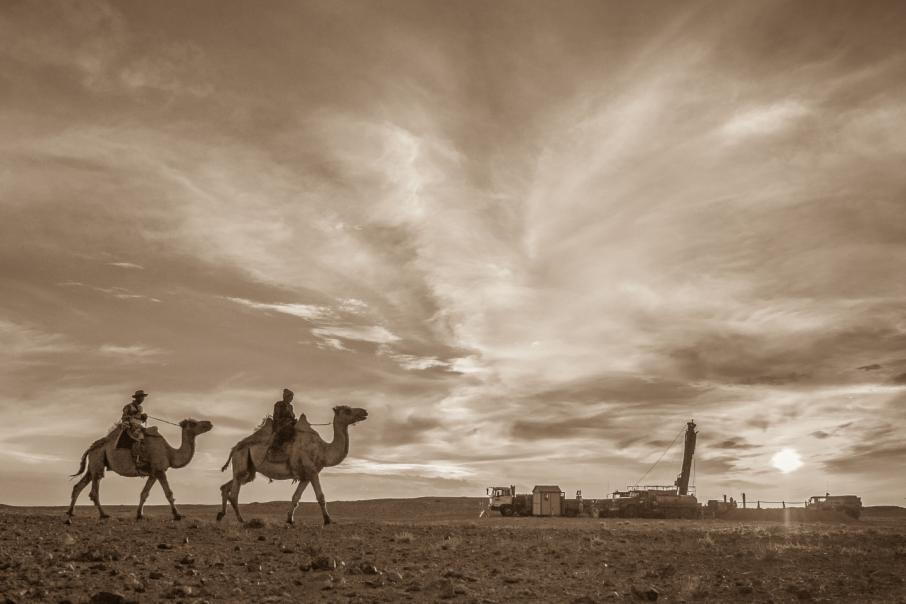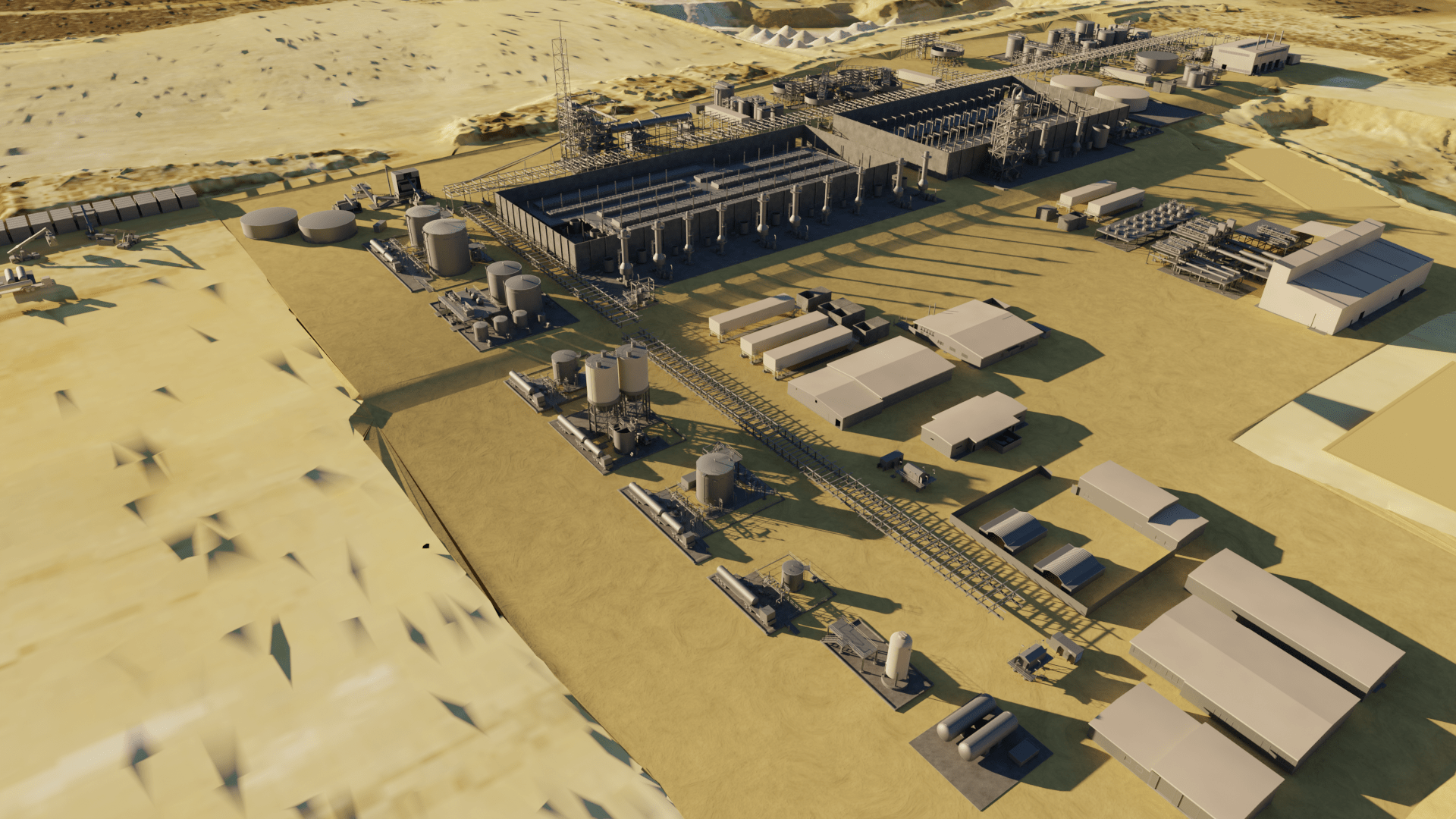
Significant Investment Required
Xanadu Mines has disclosed that its Kharmagtai copper-gold project in Mongolia will necessitate a pre-production capital expenditure (capex) of $890 million, as highlighted in a recent pre-feasibility study (PFS). Notably, this estimate includes a contingency of $110 million, reflecting the project’s robust planning.
Long-Term Production Potential
The PFS indicates that Kharmagtai has the potential to emerge as a long-term, low-cost mining operation. As a result, the project is well-positioned to contribute meaningfully to the global copper supply, particularly as demand surges due to electrification efforts. According to company estimates, the Kharmagtai copper-gold project will operate for 29 years, producing between 60 and 80 kilotonnes of copper and 165,000 to 170,000 ounces of gold annually through a two-stage expansion plan.
Mining Techniques and Financial Projections
To ensure efficiency, the project will utilize conventional open-pit mining and sulphide flotation methods. Consequently, the PFS forecasts a post-tax net present value (NPV) of $930 million and an after-tax internal rate of return (IRR) of 21%, with a steady-state payback period of four years.
Ownership Structure and Development Timeline
Located in the Omnogovi province, the Kharmagtai project is owned jointly by Xanadu Mines (38.25%), Zijin Mining (38.25%), executive director Ganbayar Lkhagvasuren (13.5%), and QGX (10%). Furthermore, the mine design includes open pits at the Stockwork Hill, White Hill, Copper Hill, and Zephyr Golden Eagle deposits.
Leadership Insights and ESG Considerations
Colin Moorhead, executive chairman and managing director of Xanadu Mines, praised the PFS as the culmination of 18 months of intensive work alongside their joint venture partner, Zijin Mining Group. He further emphasized that Kharmagtai is a world-class copper asset located in a resource-rich region, bolstering its potential for significant value creation for shareholders and sustainable economic opportunities for local stakeholders.
The project has been assessed as having relatively low environmental, social, and governance (ESG) risks, enhancing its appeal to investors. Looking ahead, a bankable feasibility study (BFS) is set to commence in Q1 2025, with construction targeted for mid-2026, pending necessary funding and regulatory approvals.











Leave a Reply
You must be logged in to post a comment.